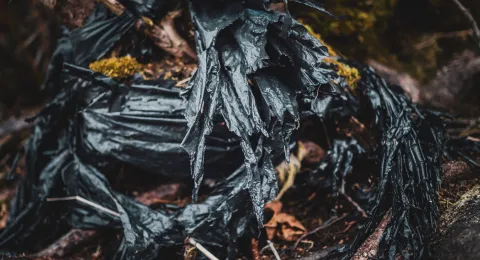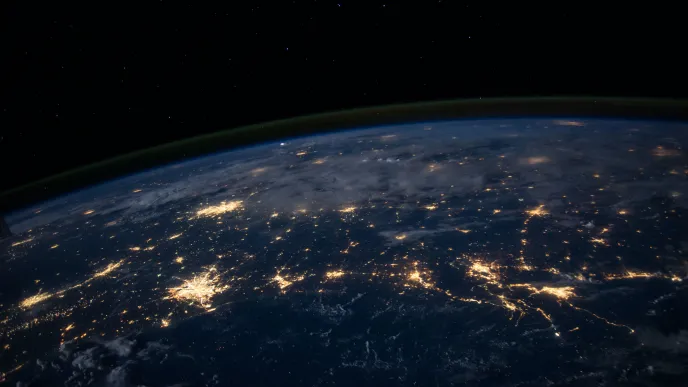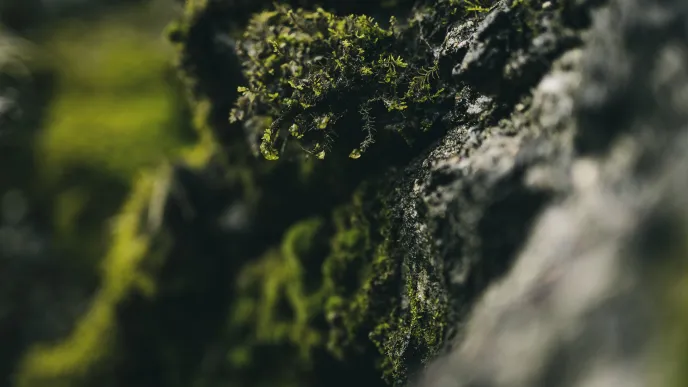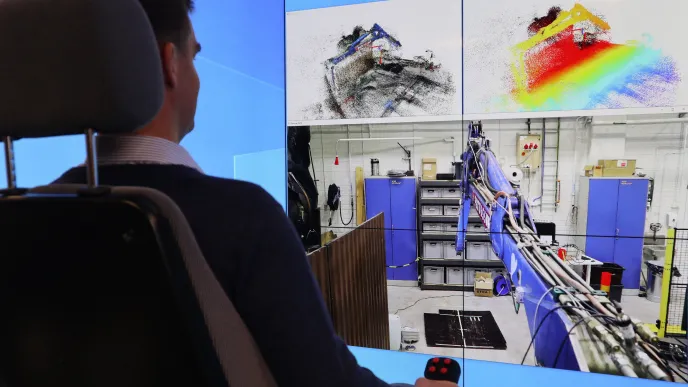Consumers have already learned to sort plastic packaging into recycling bins, but plastic from construction and demolition activities and agriculture still mainly goes to incineration for energy production. LUT University is investigating possibilities for their separate collection and recycling.
“Material flows from construction and demolition could be converted into new products to be used in many different industries. At LUT, we study the availability, properties and processing of these plastic waste streams into new products,” says professor Timo Kärki.
In the building sector, plastic is used in construction, packaging of products, weather protection and in the furniture and equipment. Plastic has properties that cannot necessarily be replaced by other materials. Therefore, besides reducing the use of plastics, it makes sense to develop their recycling and reuse, to extend the life cycle of the products. So far, comprehensive information or monitoring system for the generation of plastic waste at construction sites is still missing.
Seeking the best practices in terms of the environment
LUT’s experts also study the assessment of the environmental sustainability of the recycling of plastic waste from construction and demolition, looking for solutions that minimise the burden on the environment.
“We develop environmentally sustainable and effective solutions that enable the recycling of plastic in the various stages of construction and demolition operations. In addition, we investigate how the material chain and the reliability of the recycled raw material supply could be optimised. The recycling of materials can save natural resources and generate completely new business,” says professor Mika Horttanainen.
LUT participates in the development of the project’s environmental impact assessment method, too. The PlastLIFE SIP circular economy project led by the Ministry of the Environment and the Finnish Environment Institute kicked off in December 2022 and will continue until the end of 2029. The project is part of the EU’s LIFE program, which aims at the implementation of environmental and climate change legislation, programmes and strategies in the member states.
More information

Mika Horttanainen

Jouni Havukainen

Marko Hyvärinen






